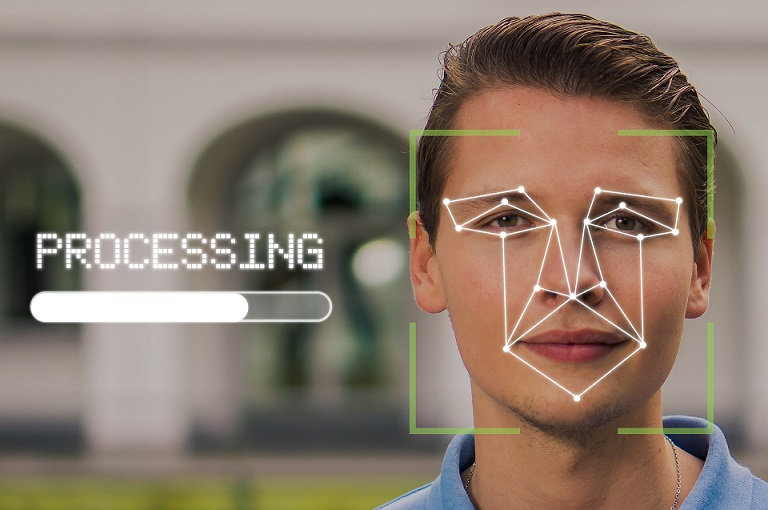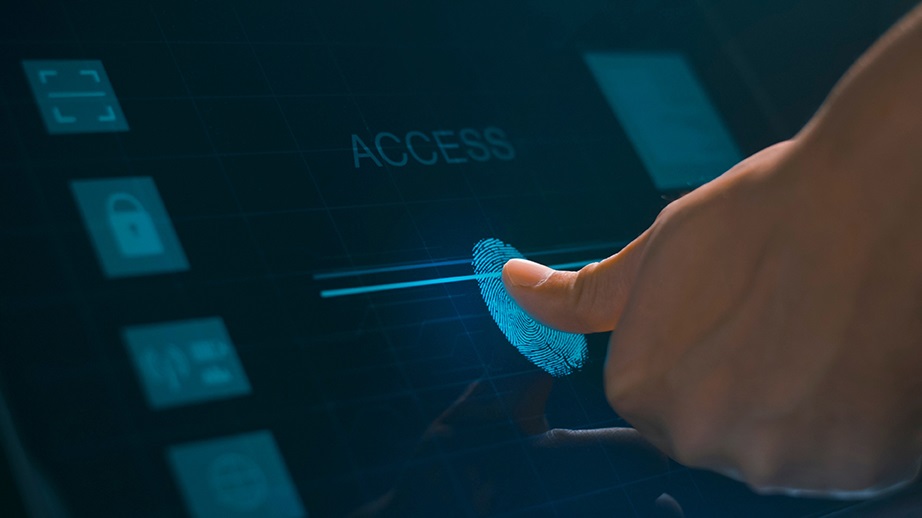
This website uses cookies so that we can provide you with the best user experience possible. Cookie information is stored in your browser and performs functions such as recognising you when you return to our website and helping our team to understand which sections of the website you find most interesting and useful.
Breaches of both personal data and passwords are soaring according to recent reports by cybersecurity firms. TransUnion’s annual Global Digital Fraud Trends (released on March 2022) found that between 2019 and 2021, global growth in the suspected digital fraud rate rose in 52.2%.
According to the same report, true identity theft increased 81% across industries between 2019 and 2021.
Also the ForgeRock 2021 Breach Report reveals that “attacks involving usernames and passwords increased a staggering 450% in 2020 from 2019, translating into more than 1 billion compromised records in the U.S. alone”.
The most common type of record lost is customer personally identifiable information (PII), reveals the 2021 IBM’s Costs of Data Breach Report. It says that PII accounted for 44% of breaches, while 20% originated in compromised credentials.
According to the last Microsoft Digital Defense Report between July 2020 and June 2021 the world witnessed a flourishment in cybercrime economy and the steeping rise of cybercrime.
The report states that cybercrime is a mature market that keeps growing, both in size and sophistication, while cybercriminals continually change “change tactics, leveraging current events to take advantage of vulnerable targets and advance their activity through new channels”.
As figures go, Microsoft’s report says that in the period covered by the study, 9 billion endpoint threats, 31 billion identity fraud threats, and 32 billion email threats were blocked.
On the other hand, the costs of cybercrime for business are high, not just in absolute terms of how much a data breach costs (4.24 million USD on average, or 3.8 million euros approximately), but in terms of lost business and reputation.
In 2020, according to IBM’s report, lost businesses represented 38% of the total cost of a data breach, mounting 1.59 million dollars (1.44 million euros approximately).

Traditional security systems based in knowledge authentication are proving to be inefficient against cybercrime. Also, users are overwhelmed by the need to keep track of so many passwords, which according to a recent study are no less than a 100 per person.
As expected, nobody memorizes 100 different passwords. In the end, people end up reusing a small set of passwords for all those services. Furthermore, and in many cases, these passwords will be very basic, that is, easily vulnerable.
Multifactor authentication security systems, on the other hand, are put to the test every day. Among MFA’s cons, it is time consuming for users and hard to implement for businesses. And, although MFA is good, many current implementations are vulnerable.
And there are consumers’ expectations. They anticipate their digital experiences to be “secure, fast and convenient”, says the cited TransUnion report. It states that two-thirds of consumers would switch companies for a better digital experience.
Thus, many enterprises are turning to biometric verification.
Why? In short, Biometrics can help companies improve their passwordless authentication solutions.
How? Through facial recognition, fingerprint verification, iris detection, voice recognition or palm recognition, just to name a few.

Thus, it seems, biometric technology is the answer. Here are ten reasons why biometrics can help securing your business by truly identifying individuals while securing their privacy and data: